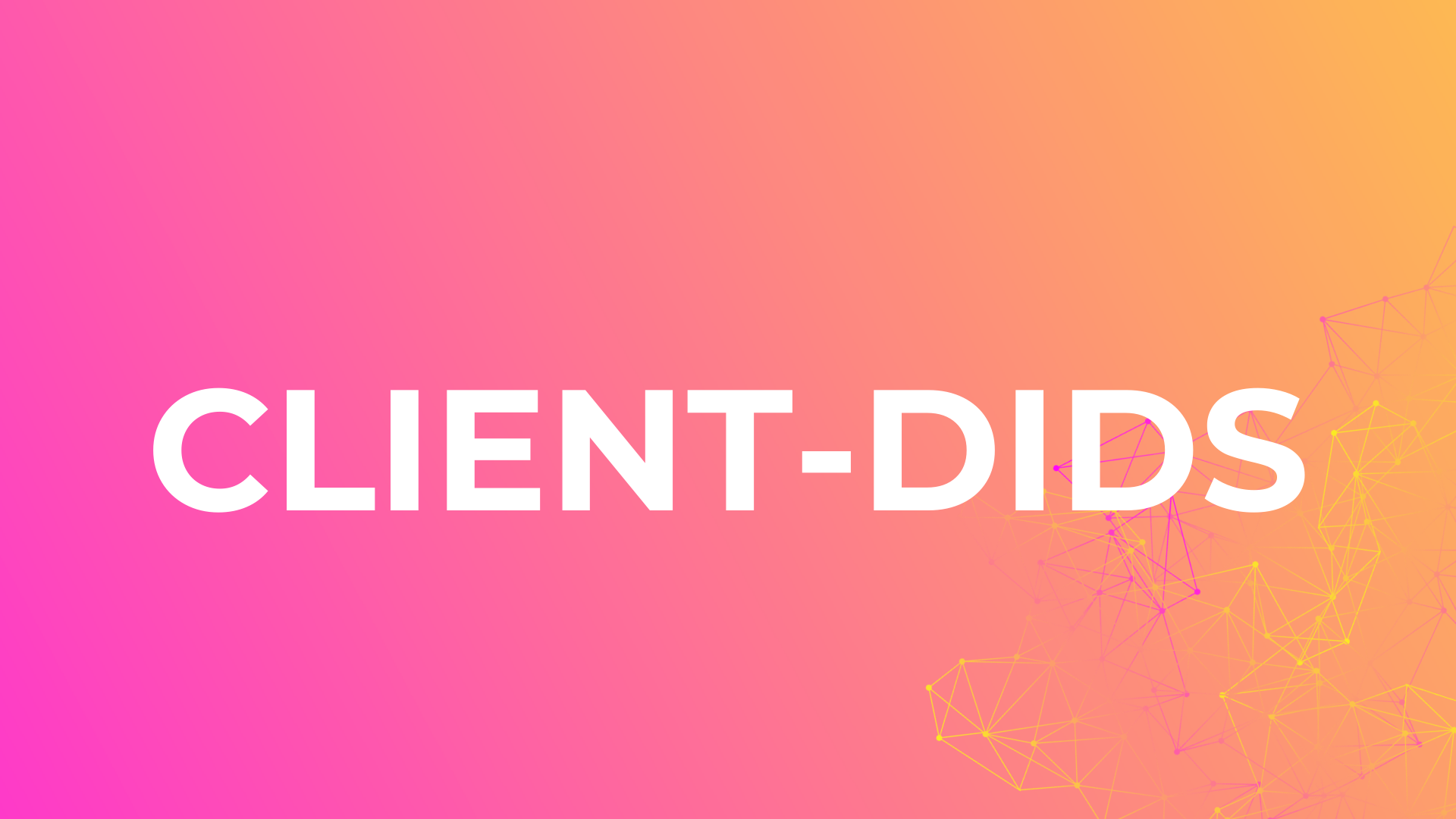CLIENT-DIDS project will expand on an idea called “client-managed secret mode”, which offers a clean separation of key management operations and DID operations. With this approach, wallets can simply manage keys, and communicate with a Universal Registrar service for the purpose of creating DIDs. Some early design and implementation work of this idea exists, but it needs to be completed for the most popular DID methods such as did:indy, did:ebsi, did:ion, did:web, etc.
Learn more about the latest advancements of this team in the interview below.
Can you briefly present your team?
Danube Tech, the entity behind this project, is based in Vienna, Austria. All our team members have been working on decentralized identity topics for multiple years. We have a long history and track record in the decentralized identity space and have contributed to relevant ideas and technologies for a long time, for example as frequent participants and contributors to events such as the Rebooting-the-Web-of-Trust workshops and Internet Identity Workshops. We are also active in the World Wide Web Consortium (W3C), the Decentralized Identity Foundation (DIF), and Trust-over-IP Foundation (ToIP), where we have worked on the Decentralized Identifiers standard and other topics.
How did you come up with this project idea and what benefits will it bring to the end users?
We have worked for some time on both specifications and implementations of DIDs, including the well-known Universal Resolver and Universal Registrar open-source projects. We have identified a need to improve key management architecture in these tools. We have begun some early work on an architecture called “client-managed secret mode”, which allows a client to use the Universal Registrar service for performing DID create/update/deactivate operations, while the key generation and signing steps take place only on the client side. This will ultimately enable end users to exercise more control over their digital identity.
How is TrustChain supporting your growth and what role does it play for the next steps in your development?
We are building both open-source tools (e.g. Universal Resolver and Universal Registrar) and commercial products, which mostly focus on the creation, management, and resolution of DIDs. Our product offerings are primarily B2B and B2G, and in many cases, our customers are other companies and developers who work on decentralized identity, and whose products address a different architectural layer than us, therefore “complementing” our own products. Our TrustChain project supports our growth by improving the key management architectures used for DID operations, and therefore increasing the value of our products.
Why did you apply to the TrustChain call and has your vision changed since then?
Several statements from the TrustChain Open Call documents resonated very strongly with our ideas, for example:
“Develop a framework for decentralized user-centric identity management.”
“The current identity systems lack usability, privacy, transparency, interoperability.”
While going over these documents, we felt that our solution addresses these TrustChain topics nicely, since DIDs are a foundational building block for decentralized identity management applications and services.
What is the most valuable takeout from the TrustChain project and why was the topic of the Open Call important to you/your team?
One of the most valueable takeouts is the successful collaboration with other TrustChain teams (see next question). The topic of the Open Call was important to our team, since we have been working on decentralized identity (both standardization and open-source development) for a long time, and it was an obvious choice for us to apply for this program.
Did you establish collaboration with any of the TrustChain teams or plan for any kind of synergies? If yes, what is the biggest potential in such collaborations?
We have collaborations with multiple other TrustChain teams, including Musap, IM4DEC, and DidRoom. We are most excited about the Musap collaboration, since their work on key management naturally aligns with our work on DID management. Our solutions are complementary.
What are your expectations regarding the TrustChain software ecosystem and its contribution to the NGI priority areas?
We expect that the TrustChain software ecosystem will be able to contribute valuable technical components to major EU initiatives such as the European Blockchain Service Infrastructure (EBSI) and EU Digital Wallets.
What are the next steps for your team?
Our next step within TrustChain is now to finalize the implementation, and to conduct demonstrations of the new capabilities. We will also work on the final D4 deliverable. In the wider ecosystems, our next steps will be to contribute to important projects in the EBSI and EU Digital Wallet ecosystems, and to apply our TrustChain results to these projects.
What is the message you would give to new and potential applicants to TrustChain Open Calls?
It’s not just about the money, but also about collaboration and receiving valuable input from coaches and various experts from the TrustChain community.

